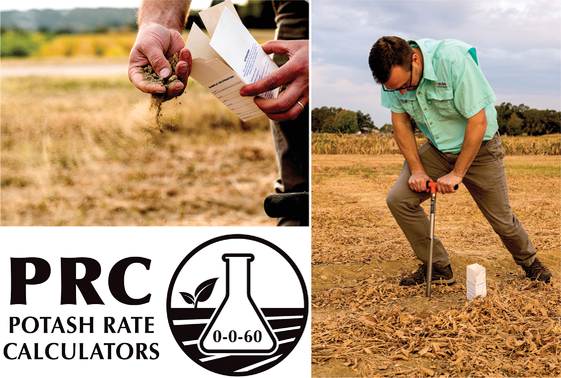New Tool Improves Potassium Fertilizer Recommendations—and Farmers’ Bottom Lines

Potash—the common fertilizer source for potassium (K)—is a mined resource of limited supply and thus a rising cost. Current K rate recommendations for row crops are based mainly on yield response and expected K removal by crops, taking into consideration soil-test K and expected yield. Adding into this calculation crop price and fertilizer cost could help farmers make better economic decisions, guiding them to boost fertilizer rates when crop price increases or fertilizer cost drops, and vice versa. However, quantifying these effects is complex.
University of Arkansas researchers created a free online Potash Rate Calculator that allows producers in the Mid-South to quickly determine an economic recommendation for their field and compare it to a rate they have in mind. Using 10 years of historical crop price and fertilizer cost on fields with different initial soil-test K, the researchers assessed profit and yield implications of the tool’s K rate recommendations. Compared with contemporaneous extension guidelines, the tool recommended lower rates for soybean, corn, and rice and higher rates for cotton. The recommendations can increase profit while reducing potential for nutrient runoff.
The researchers are continuing to test the implications of economic recommendations on soil-test K values and to evaluate variable-rate recommendations.
Adapted from Oliver, K., Popp, M.P., Slaton, N.A., Drescher, G.L., & Roberts, T.L. (2022). Profit-maximizing potassium fertilizer recommendations for corn and cotton. Agronomy Journal, 114, 3358–3376. https://doi.org/10.1002/agj2.21205
Text © . The authors. CC BY-NC-ND 4.0. Except where otherwise noted, images are subject to copyright. Any reuse without express permission from the copyright owner is prohibited.











